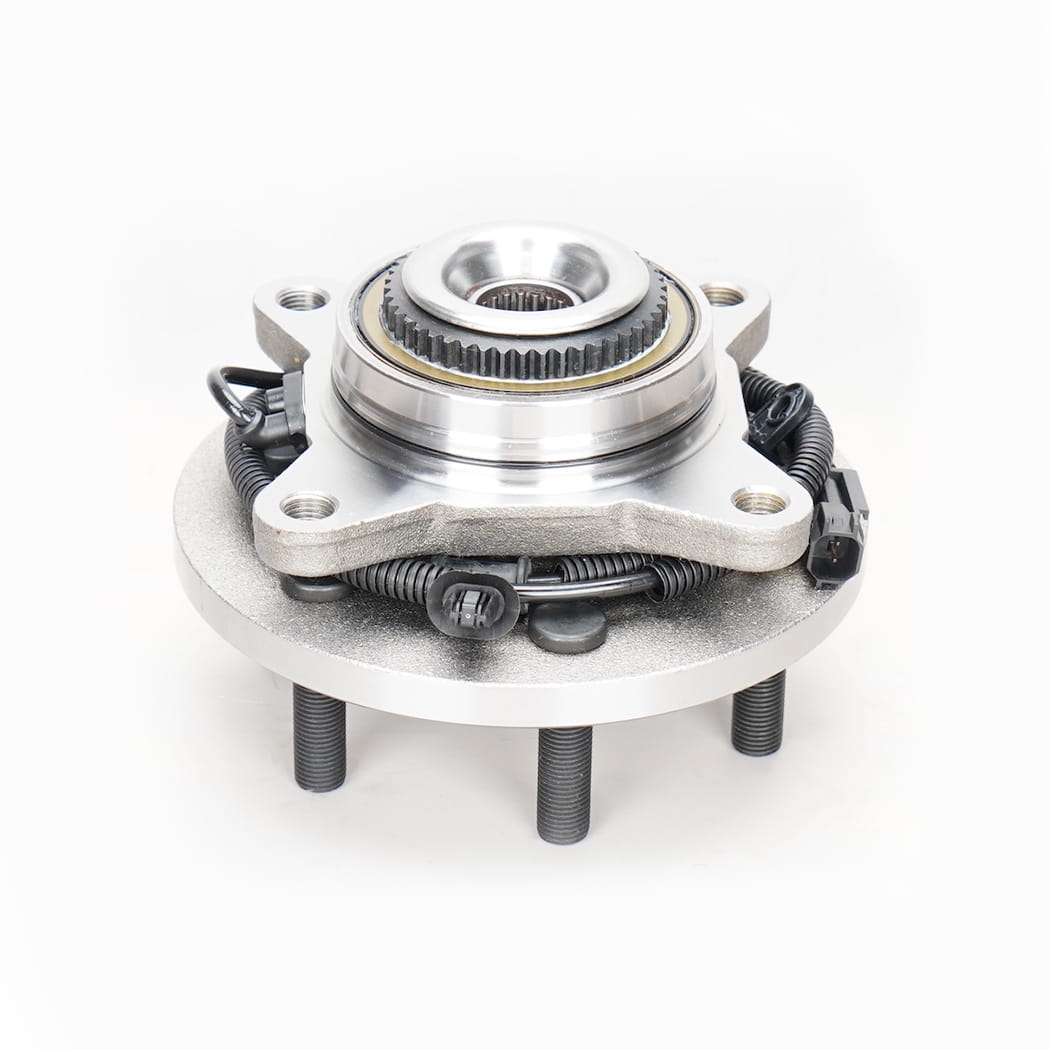The Rear Hub Assembly is a vital component in a vehicle’s suspension and drivetrain, playing a critical role in steering, braking, and overall wheel rotation. Often overlooked until failure occurs, this assembly is a precision-engineered unit that supports the wheel, allows it to spin freely, and connects it to the axle or suspension system. Its proper function is integral to vehicle safety, handling, and ride comfort.
A typical Rear Hub Assembly is a compact unit consisting of several key parts, primarily the hub itself, which is the mounting point for the wheel, and the integrated wheel bearings. Modern hub assemblies are often designed as integrated, non-serviceable units, meaning if the bearing fails, the entire Rear Hub Assembly must be replaced.
The most crucial element is the wheel bearing, which permits the wheel to rotate with minimal friction. Contemporary vehicles predominantly use Generation 3 hub assemblies, which combine the bearing and hub into a single, sealed unit. This design offers superior stiffness and longevity compared to older, serviceable bearing designs. The integrated nature of the modern Rear Hub Assembly simplifies installation but necessitates complete replacement when the bearing’s lifespan is reached.
The Rear Hub Assembly bolts directly to the vehicle’s knuckle or trailing arm. It contains the wheel studs or bolts that secure the wheel and tire. Furthermore, in vehicles equipped with an Anti-lock Braking System (ABS), the assembly often houses the ABS sensor ring (or tone ring). This ring works in conjunction with the ABS sensor to transmit wheel speed data to the car’s Engine Control Unit (ECU), a critical function for maintaining traction and preventing wheel lock-up during braking.

Identifying a failing Rear Hub Assembly early is essential for preventing further damage and ensuring driving safety. The most common indicators are:
While modern Rear Hub Assemblies are generally maintenance-free and designed to last for tens of thousands of miles, their lifespan is subject to driving conditions, road quality, and vehicle usage.
When replacement is necessary, it is critical to use a high-quality, reputable replacement part. An inferior Rear Hub Assembly may not meet the necessary precision tolerances, leading to premature failure, poor brake performance, or inaccurate ABS readings. Professional installation is highly recommended due to the required torque specifications and the importance of properly connecting the ABS sensor to ensure the safety systems function correctly. Replacing a faulty Rear Hub Assembly promptly restores the vehicle’s handling, reduces noise, and, most importantly, maintains the structural integrity of the wheel’s connection to the vehicle.